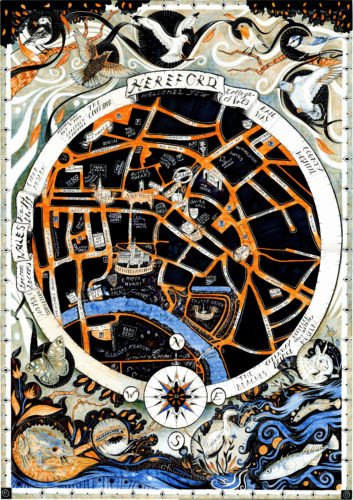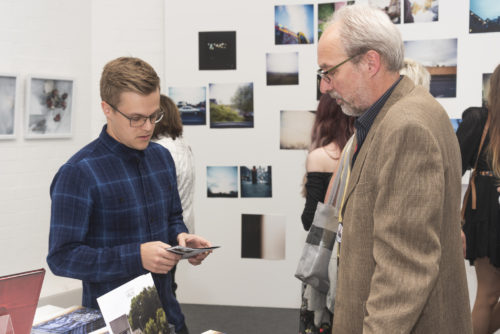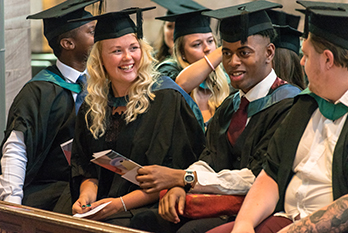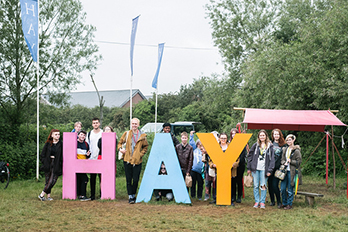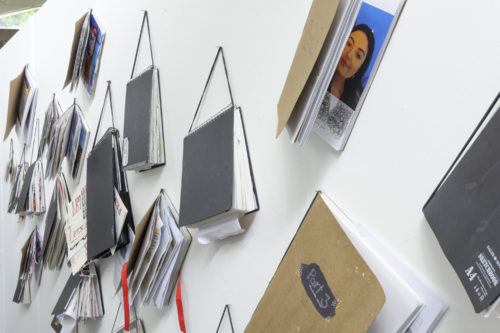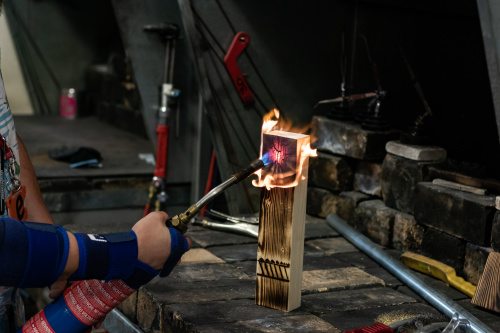Using only hammer, anvil and fire, a smith can draw out, upset, bend, twist, cut, punch and weld. Seven rules. That’s all there has ever been. That’s all there ever will be. Yet look around at the millions (billions?) of forms created by smiths through the ages. We haven’t yet exhausted the possibilities despite being bound by these rules.
We work with the most common and yet the most precious of metals. The understanding of its properties and the processes by which it can be manipulated whilst hot, combined with an appreciation of what this remarkable medium will allow, places us in the unique position of being able to create objects with virtually unlimited form and function.
These are the reasons why I became a smith.
I work from Bringsty Forge, just outside Bromyard in rural Herefordshire, UK.
I have thirty-seven years of experience in the art/craft of blacksmithing, ranging from running my own blacksmithing business in Buckinghamshire, forging in Africa, journeyman work for other leading smiths in the UK. I have twelve years teaching experience at the National School of Blacksmithing in Hereford. I have demonstrated and taught in the UK, USA and Canada as well as participating in nine international collaborative arts events, three at the EMMA International Collaboration and six at the Hawaii Artist Collaboration.
As well as being an Associate of the Worshipful Company of Blacksmiths (AWCB), I am a Licentiate (LWCB), meaning I am recognized by the guild as a teacher of the art.
I am also currently a member of the council of BABA, the British Artist Blacksmiths Association as editor of ‘Artist Blacksmith’ magazine.
I have worked on a wide range of commissions in either historic styles or much more contemporary forms using traditional techniques of hot forging metal. These range from small domestic items and hardware through to larger exterior, architectural or sculptural works. I also like working with artists in other media on collaborative artworks. Although mild steel is my primary material, I also forge other metals, such as stainless steel, bronze, copper, brass and titanium, sometimes in combination or mixed with other materials, for example, stone, glass or wood.


